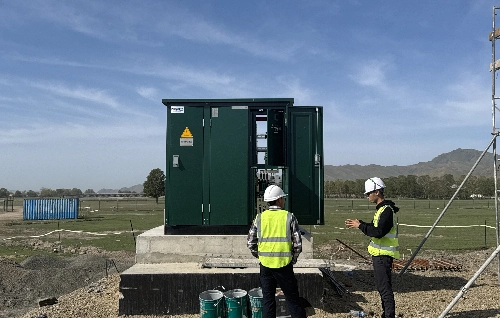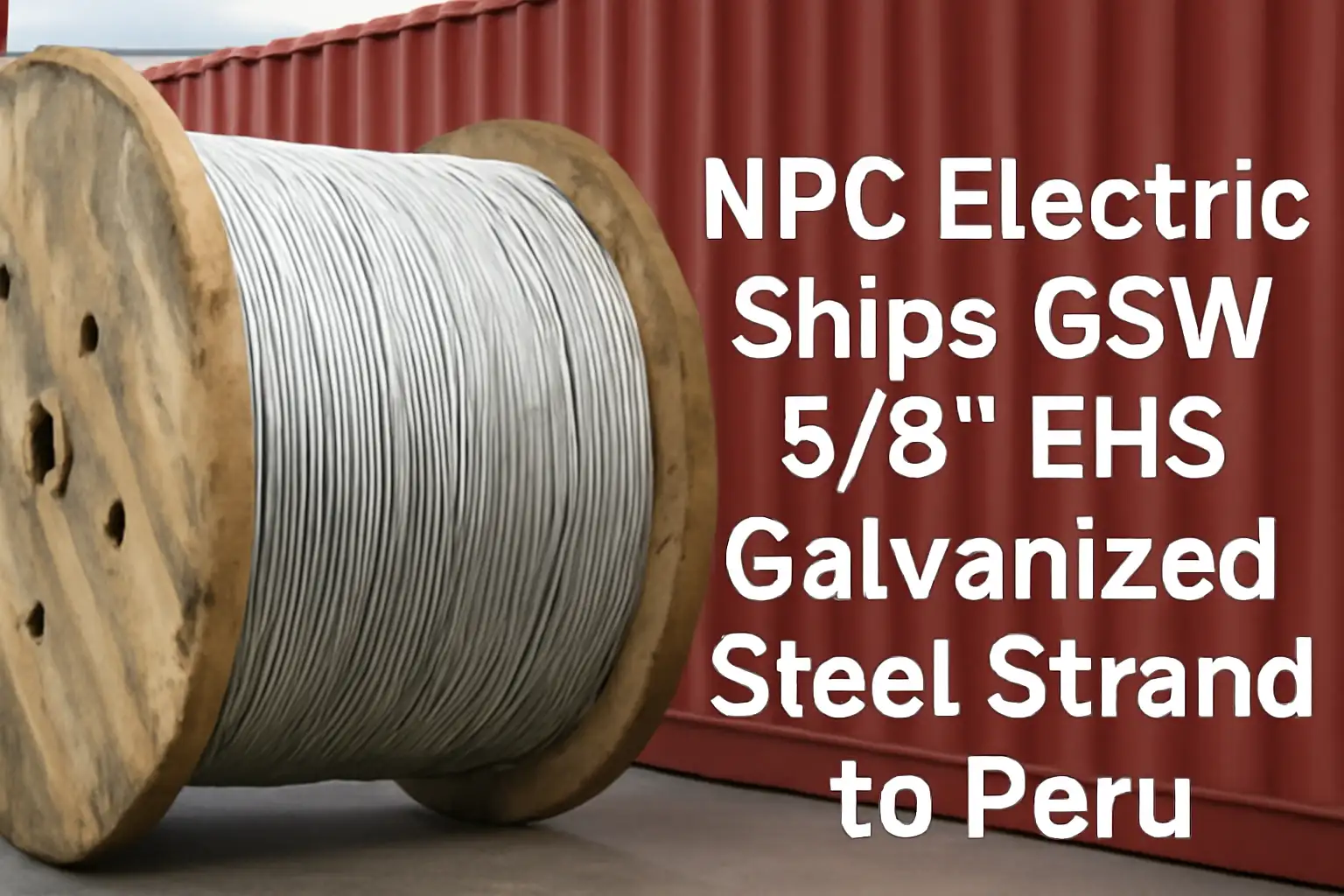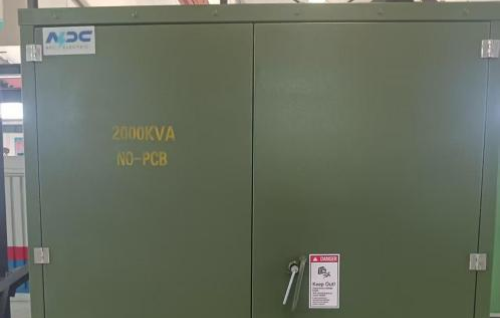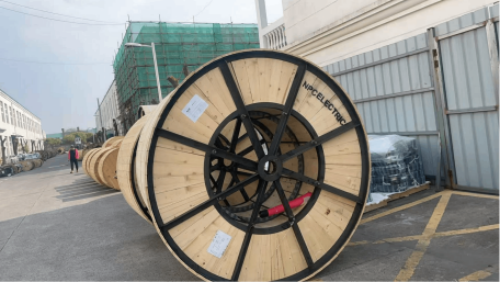The Future of Data Center Power: Solid-State Transformers Explained
1. From Traditional Transformers to Solid-State Intelligence: The Evolution of Power
The power industry is undergoing a profound transformation — from bulky, static, and analog equipment to compact, intelligent, and digital systems. At the heart of this change lies the Solid-State Transformer (SST) — a technology redefining how data centers, renewable systems, and modern grids handle electricity. Traditional transformers, operating on 50/60Hz industrial-frequency AC, resemble the "antiques" of power systems — reliable yet rigid.
In contrast, solid-state transformers integrate power electronics, digital control, and smart communication, creating a new generation of flexible, efficient, and intelligent power devices.
2. How Solid-State Transformers Work: The Digital Power Chain
SSTs replace traditional magnetic cores with semiconductor-based conversion stages, transforming power in three intelligent steps — like a high-speed “electricity processing line.”
-
High-Frequency Power Conversion (AC/DC)
Converts medium-voltage AC to DC while boosting frequency to 20–100kHz.This miniaturization reduces weight and volume by up to 90%. -
Isolation & Voltage Regulation (DC/DC)
Uses high-frequency transformers to provide isolation and voltage flexibility. Think of it as an intelligent safety gate that adjusts voltage in real time. -
Adaptive Output (DC/AC or DC/DC)
Supplies tailored voltage for different applications — for instance, directly feeding DC power to servers or AI chips in data centers.
Emerging Silicon Carbide (SiC) devices, capable of withstanding over 10kV, are accelerating SST development — reducing module complexity and lowering costs.
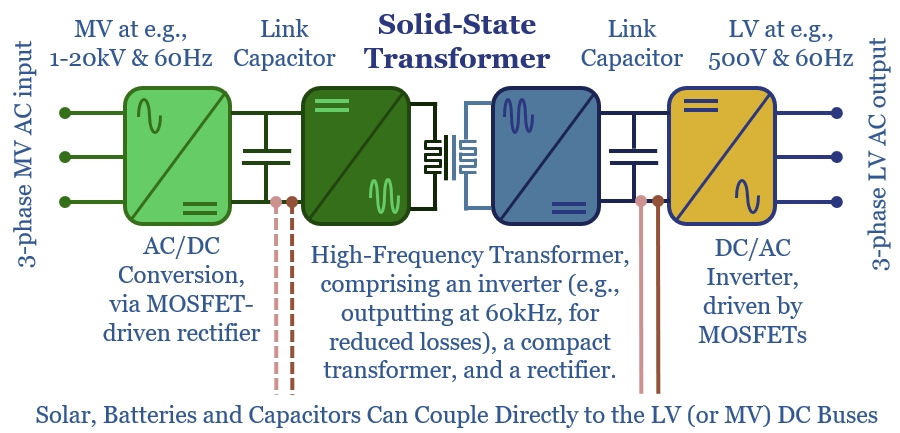
3. Key Advantages: Solving Data Center Power Challenges
The true value of solid-state transformers lies in their ability to tackle the data center industry’s long-standing pain points:
⚡ 1. High Efficiency, Lower Power Costs
SSTs achieve conversion efficiencies above 97.5%, reaching up to 99%.
For a 1MW data center operating at 20% load, that’s over 87MWh saved annually, significantly reducing electricity bills.
📦 2. Compact Size, Greater Space Utilization
High-frequency operation cuts size and weight dramatically — freeing valuable rack and floor space.
For example, SST-based systems can reduce occupied area by up to 50%, directly increasing server density.
🔋 3. Stable, High-Quality Power
With integrated digital control, SSTs dynamically adjust voltage and compensate for harmonics (THD < 5%), achieving a unity power factor (PF ≈ 1).
This ensures clean, stable power for sensitive AI chips and computing clusters.
🌞 4. Renewable and Bidirectional Integration
SSTs enable bidirectional power flow — seamlessly linking with solar PV, battery storage, and EV charging systems.
They support “source-grid-load-storage” integration, paving the way for autonomous, energy-flexible data centers.
4. Data Centers and the Future: From “Adapting” to “Leading”
The future of data centers is not just about efficiency — it’s about intelligence and integration. Solid-state transformers will become the cornerstone of this evolution.
① Simplifying the Power Chain
Instead of multiple AC/DC conversions, SSTs can directly convert 10kV AC to 800V DC, simplifying architecture, improving efficiency, and reducing hardware layers.
② Enabling Direct Renewable Connections
Photovoltaics and energy storage, both DC-based, can now connect directly to the SST’s DC bus — removing extra converters and energy losses.
③ Supporting High Power Density
With AI workloads surging, rack power density is climbing from a few kW to tens of kW.
SSTs’ precise voltage control and high power density make them ideal for next-generation AI data centers.
④ Reducing OPEX and Enhancing ROI
Though the initial investment may be higher, SSTs cut energy, space, and maintenance costs, yielding a faster long-term return for large-scale data centers.
5. Outlook: Powering the Intelligent Energy Era
Solid-state transformers are not merely replacing traditional transformers — they’re reshaping the power ecosystem.
As power systems shift from “one-way supply” to “two-way interaction,” and from “bulk conversion” to “precise management,” SSTs stand at the center of this transition.
In the coming decade, they will play a decisive role in:
- Green and renewable data center infrastructure
- AI-driven smart grids
- Electrified transportation and EV ecosystems
- Distributed renewable generation and microgrids
Solid-state transformers are more than a technological upgrade — they’re the foundation of the future intelligent energy network.

